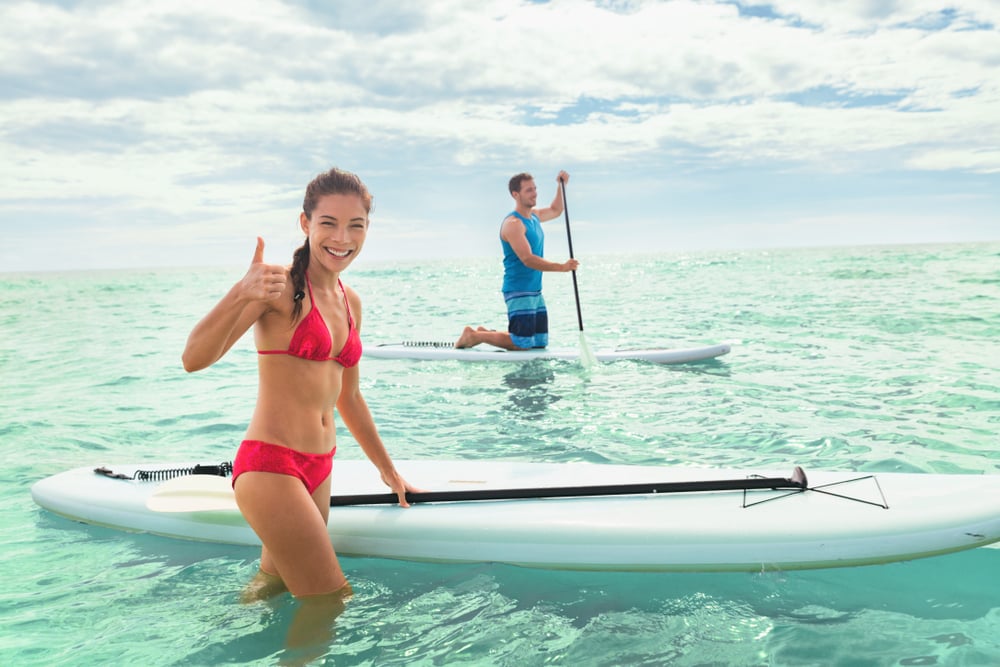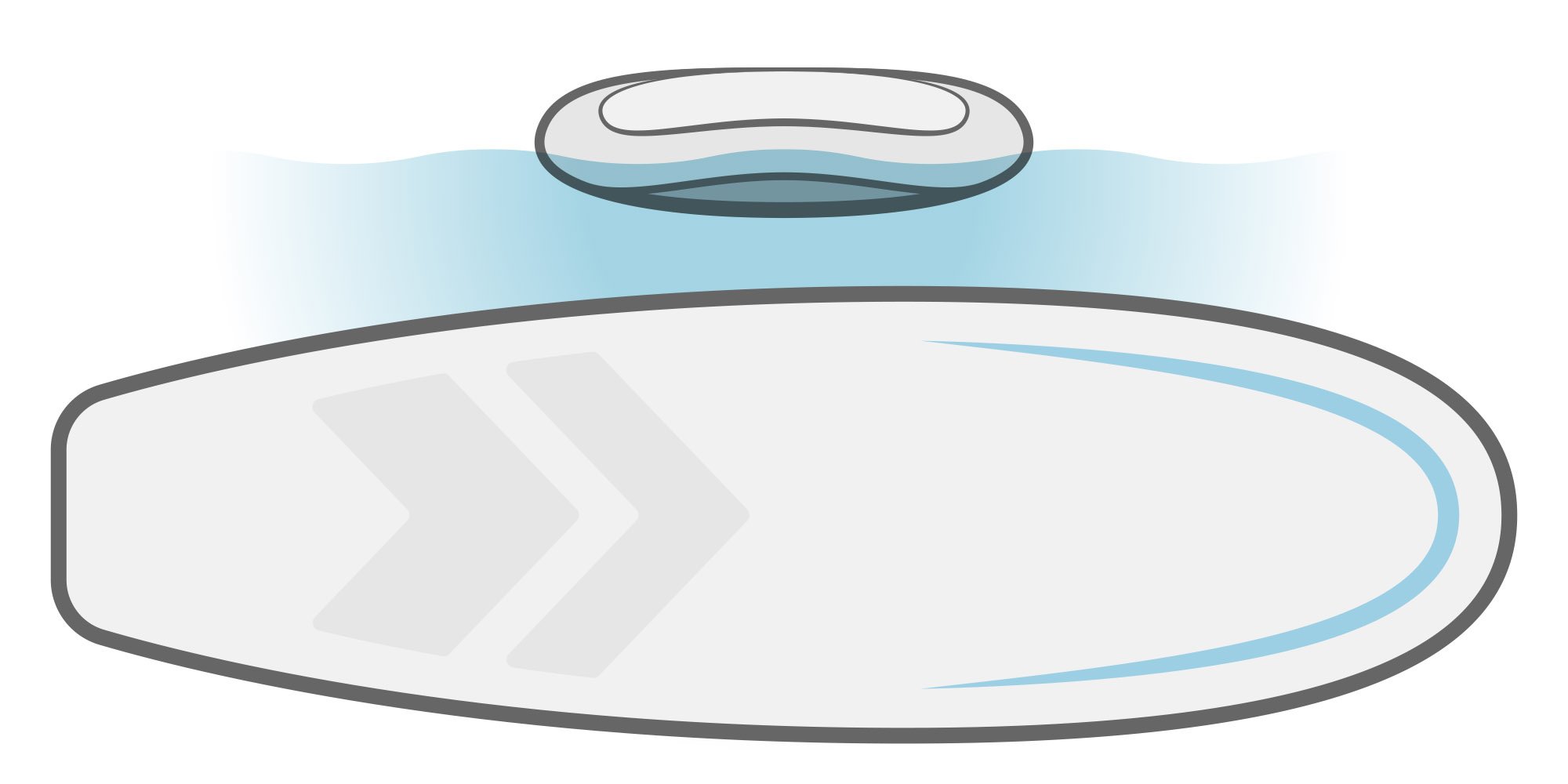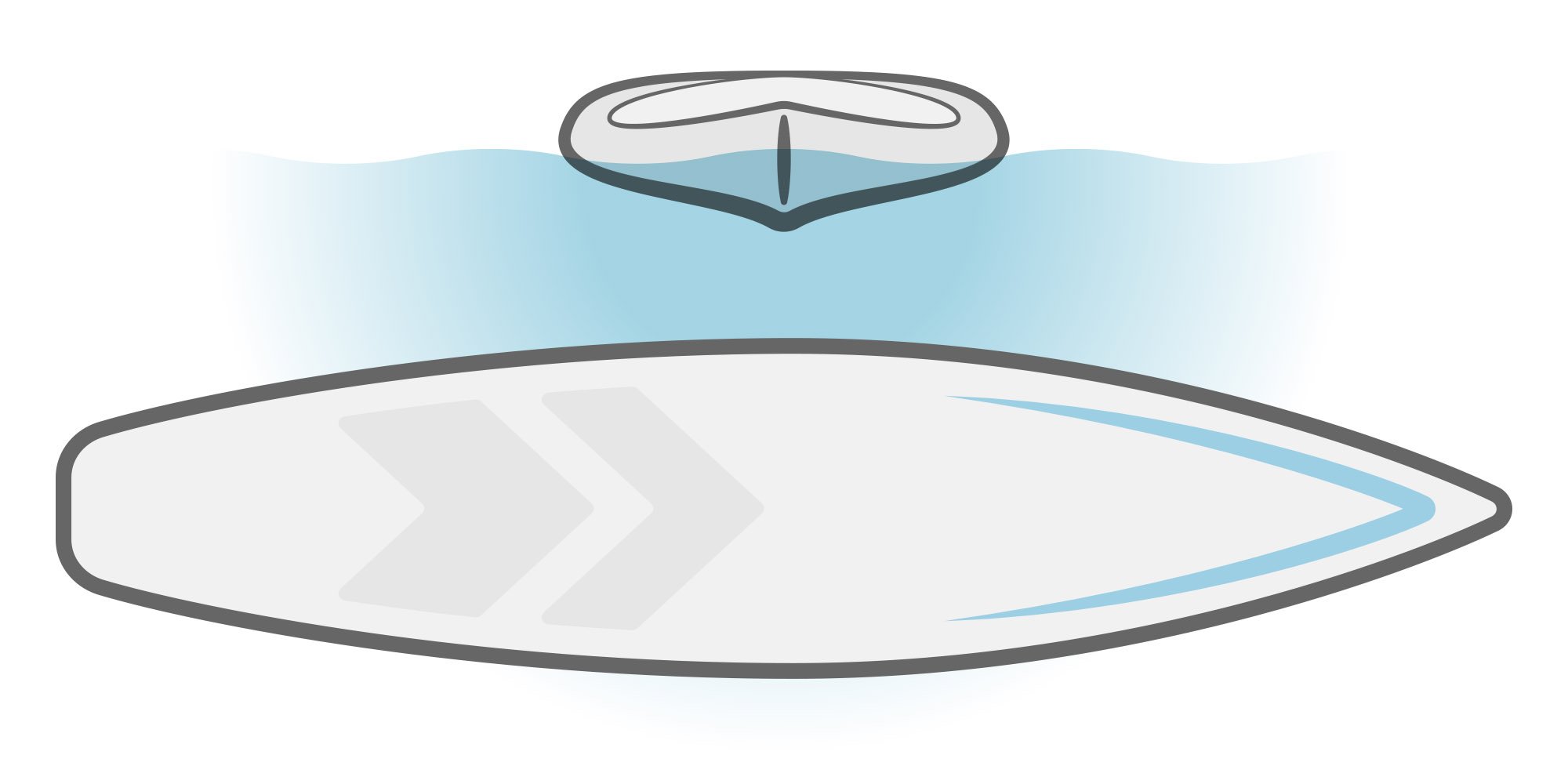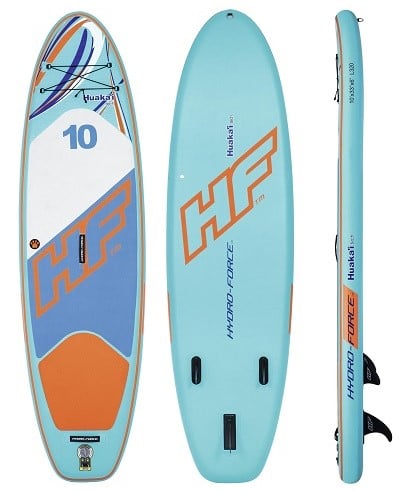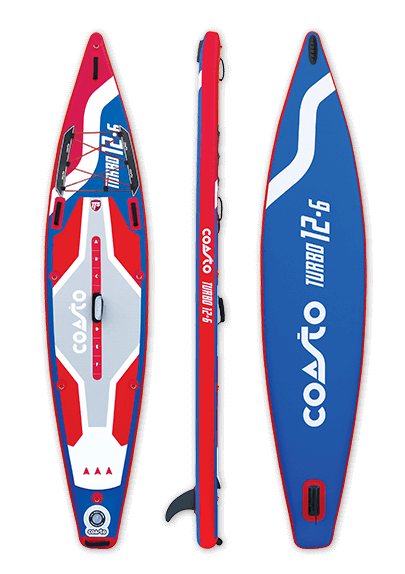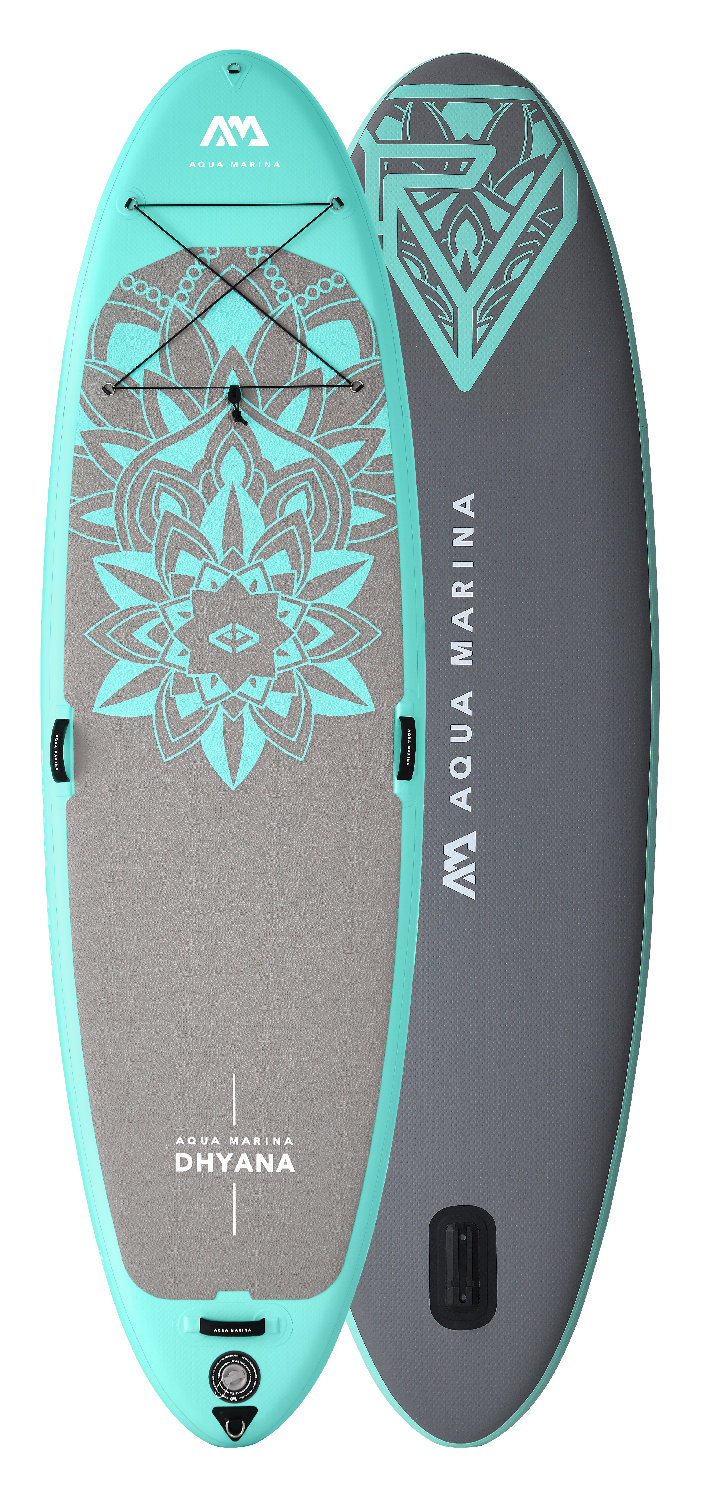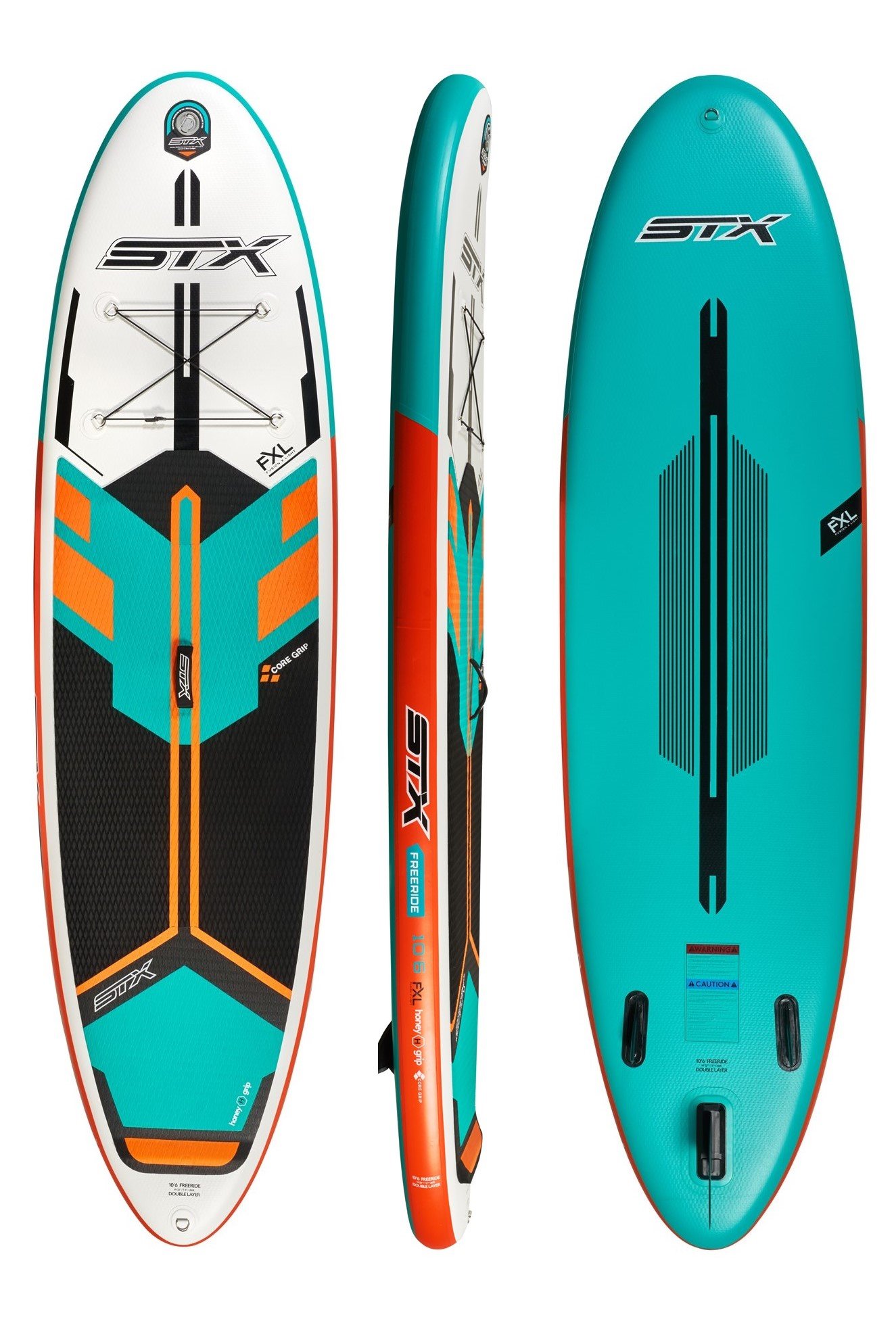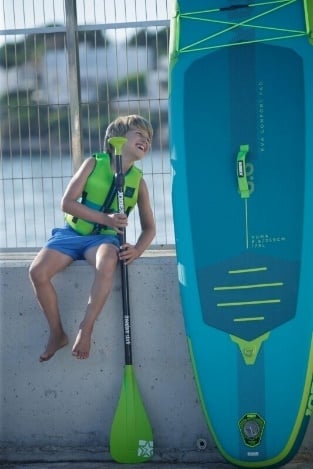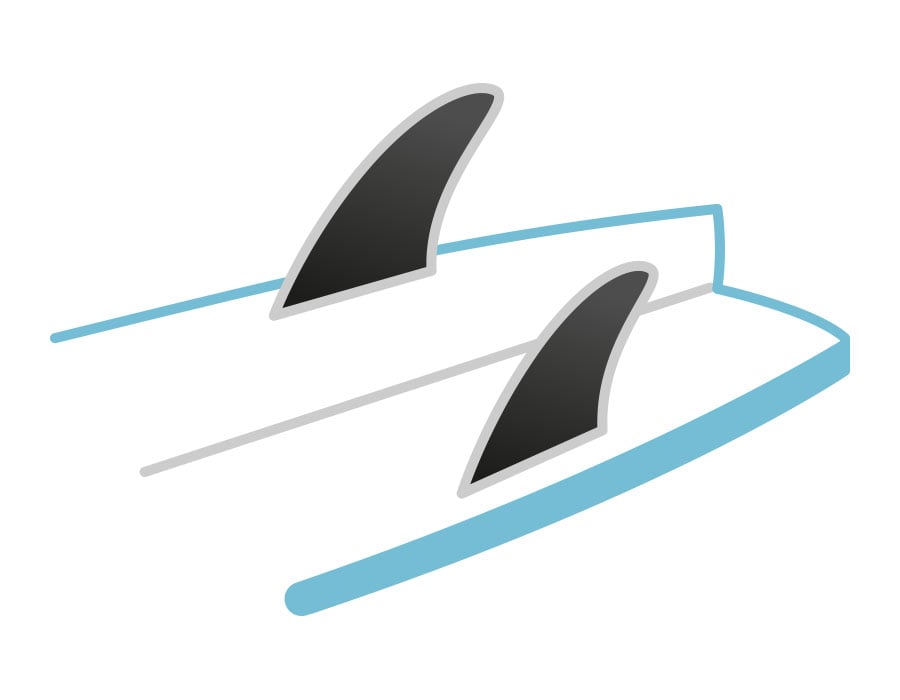-
All categories
11
All categories
-
Musical Instruments
 Musical Instruments
Musical Instruments -
Cycling

-
Audio and Video

-
Water Sports
 Water Sports
Water Sports- View all
- Sale deals and offers
- Paddleboarding
- Wakeboarding / Kiteboarding / Kneeboarding
- Water Ski
- Water Fun
- Inflatable Boats, Kayaks, Canoes
- Diving and Swimming
- Yachting Clothing, Footwear, Backpacks
- Safety
- Boat Fridges, Grills, Tableware for Boats
- Gifts, Books for Boaters
- Engines
- Boat Equipment and Accessories
- CHARTER
-
Vinyl LPs and CDs

-
Golf

-
Moto

-
Sport
 Sport
Sport -
Outdoor

-
Fishing Tackle

-
Art

-
-
Musical Instruments
Musical Instruments
-
Audio and Video
-
Cycling
-
Golf
-
Outdoor
-
Moto
-
Sport
Sport
- View all
-
Sale deals and offers
-
Sportswear
-
Sports Merch
-
Sunglasses
-
Running
-
Racquet sports
-
Ball Games
-
Hockey
-
Skates and Accessories
-
Skateboards and Accessories
-
Fitness
-
Yoga and Pilates
-
Alternative Sports
-
Horse Riding
-
Pools and Accessories
-
Swings, Trampolines, Slides
-
Sports Headphones
-
Winter sports
-
Skiing
-
Snowboarding
-
Art
-
Clothing
Clothing
-
Footwear
Footwear
-
Accessories
Accessories
- Deals
- Unboxed
 lv
lv

